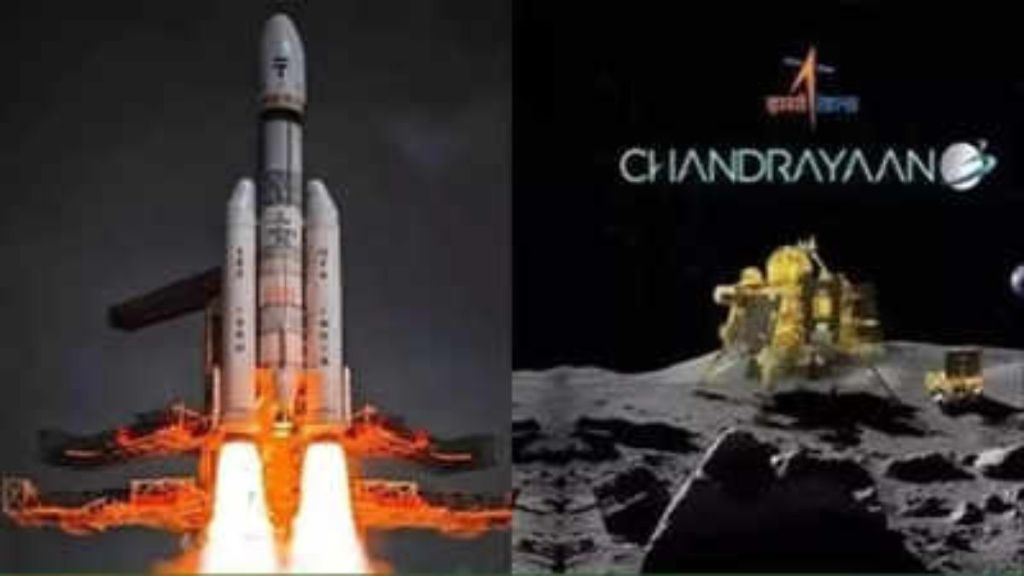The Indian Space Research Organisation (ISRO) on Sunday (August 27) released the first observations from Chandra’s Surface Thermophysical Experiment (ChaSTE) payload on Chandrayaan-3’s Vikram lander. ChaSTE payload onboard Vikram lander measured the temperature profile of the lunar topsoil around the pole in a bid to understand the thermal behaviour of the Moon’s surface.
The National Space Agency shared a graph of the temperature variation on the lunar surface on X (formerly known as Twitter).
“Here are the first observations from the ChaSTE payload onboard Vikram Lander. ChaSTE (Chandra’s Surface Thermophysical Experiment) measures the temperature profile of the lunar topsoil around the pole to understand the thermal behaviour of the moon’s surface,” ISRO said on social media platform ‘X’.
ISRO also revealed that the ChaSTE payload was developed by a team led by the Space Physics Laboratory (SPL) of Vikram Sarabhai Space Centre (VSSC) in collaboration with Physical Research Laboratory (PRL), which is based in Ahmedabad.
‘Temperature surprisingly higher than what we had expected’
Meanwhile, a senior scientist of the space agency expressed surprise over the high temperature recorded on the Moon. In an interview with news agency PTI, ISRO scientist B H M Darukesha said that the scientist believed that the temperature could be somewhere around 20 degree centigrade to 30 degree centigrade on the surface but it is 70 degree centigrade.
“This is surprisingly higher than what we had expected.” The space agency said the payload has a temperature probe equipped with a controlled penetration mechanism capable of reaching a depth of 10 centimetres beneath the surface,” Darukesha said.
“When we go two to three centimetres inside the Earth, we hardly see two to three degree centigrade variation whereas there (in Moon), it is about 50 degree centigrade variation. This is something interesting,” he added.
India scripted history
India scripted history as ISRO’s ambitious third Moon mission Chandrayaan-3 touched down on the lunar surface on August 23. The successful landing of Chandrayaan-3 mission made India the fourth country to accomplish the feat, and first to reach the uncharted south pole of Earth’s only natural satellite.
India to celebrate August 23 as ‘National Space Day’
In light of this, Prime Minister Narendra Modi on Saturday announced that August 23 will now be celebrated as ‘National Space Day’ to mark the day when Chandrayaan-3 lander touched down on the lunar surface.
Moreover, PM Modi also announced that the spot where the Chandrayaan-3 Vikram lander touched down would be known as ‘Shiv Shakti Point’, while the site where the Chandrayaan-2 lander crash-landed on the lunar surface a few years back would be known as ‘Tiranga Point’.
(With inputs from PTI)

